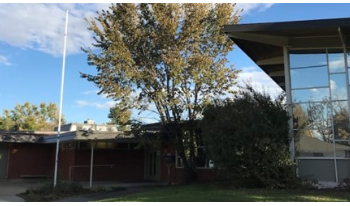Building Materials and Fire By: Chris Shurtliff, P.E
Building Materials and Fire By: Chris Shurtliff, P.E
We would like to preface this topic by expressing our sympathy to those who were displaced, lost homes, or were otherwise impacted by the recent Marshall Fire.
The effects of fire on building structures can be as varied, in extent and intensity, as fires themselves are. Once the initial trauma wears off, the obvious next questions lend themselves toward repair. How do we mitigate the smoke smell? How much of the framing needs to be repaired or replaced? Is the foundation ok? Is insurance going to take care of us?
In general, most construction consists of concrete, steel and wood structural elements. These elements are then clad in finishes to create the aesthetic of the building.
In most residential construction, concrete placement is limited to the foundation elements. Generally speaking, for a residential foundation to be compromised by fire, it would mean that the fire burned through the majority of the superstructure. In commercial, or industrial construction, it is not uncommon to see concrete assemblies extend to exterior walls, elevated floors, or even roof assemblies. It is advisable to contact a qualified structural engineer to perform an assessment of the serviceability of fire damaged concrete elements exhibiting cracking (especially in a grid pattern), discoloration (yellow or pink hues), or spalling.
| Structural steel elements appear in most forms of building construction. Wide flange, “I-Beam”, members in single family homes, to open web steel joists in commercial or industrial construction, to cold formed steel wall studs. Generally speaking, the structural steel framing members are fire protected with a gypsum wallboard wrap, an applied fire retardant, or an intumescent paint that will provide 1 to 2 hours of protection. Once that fire burns long enough, or hot enough, to work through the fire protection the steel members can be compromised by continued exposure to the heat of the fire. It is advisable to contact a qualified structural engineer to perform an assessment of the serviceability of fire damaged steel elements that exhibit: deformation, discoloration, or excess deflection.
|

|
|
|
|

